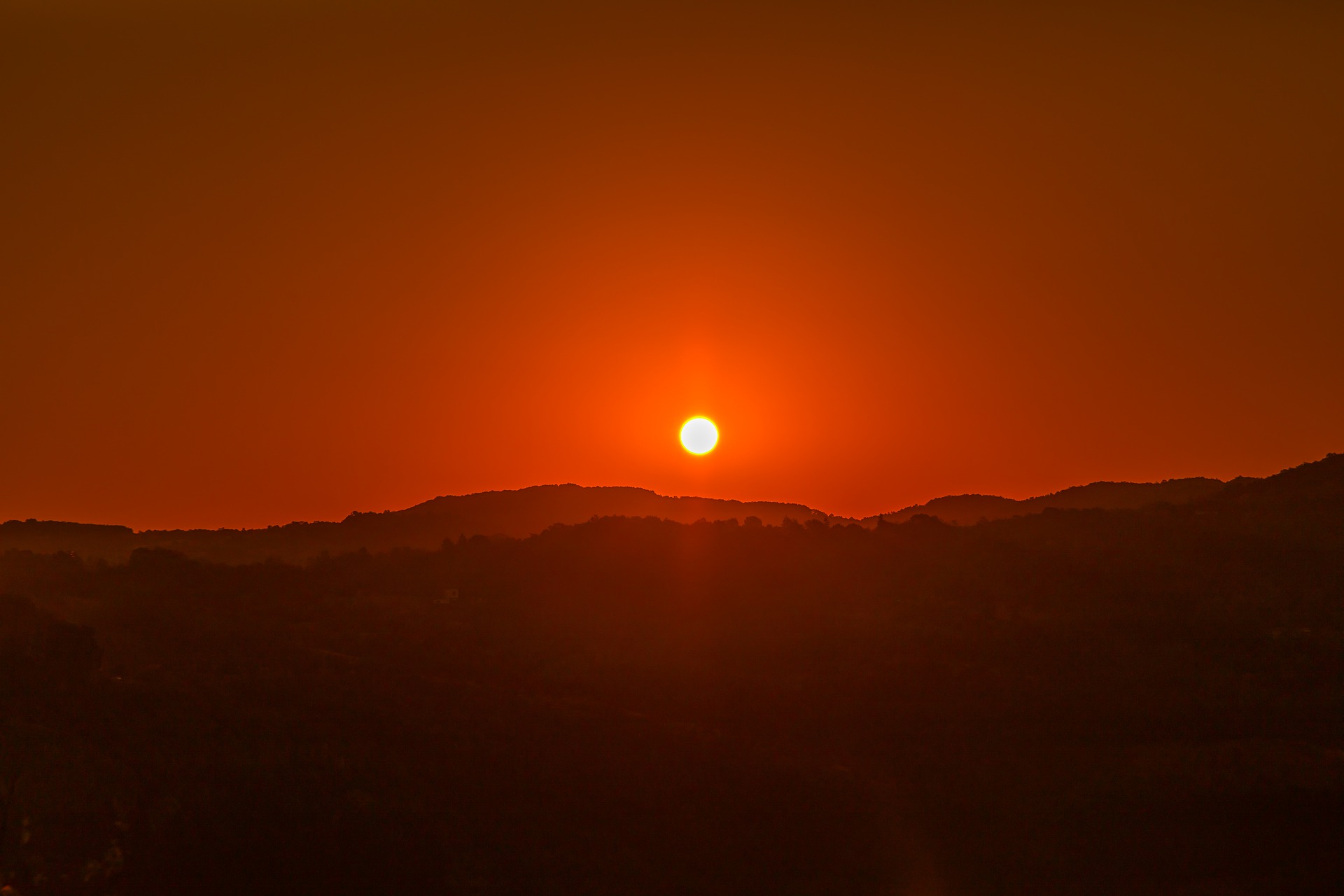
Date:
Gather ye rosebuds while ye may
Old time is still a-flying;
And this same flower that smiles today,
Tomorrow will be dying…“To the Virgins, to Make Much of Time”, Robert Herrick, 1648
For many, the first day of summer can’t come soon enough. We think of it as the longest day of the year; the beginning of a long string of wonderfully warm, sunny, pleasant days filled with vacations, picnics, summer sports, and relaxation. But the first day of summer (aka the summer solstice) actually is all about the astronomy! Here’s how.
Solstices happen because the Earth’s axis of rotation is not vertical, but tilted 23.5 degrees to the plane of our solar orbit. Early in the solar system’s development, the growing lump of material that would eventually become our Earth, got whacked by a sizeable errant chunk and now we have a tilt! Because of the tilt, different latitudes experience gradually shifting amounts of sunlight from season to season. Without the tilt, we wouldn’t have seasonal change, the sun would rise and set at the same time every day, and we’d have no seasonal celebrations.
When Earth orbits around to the summer solstice position, the northern pole of the Earth achieves its maximum tilt towards the sun for the year. This max tilt translates to the sun’s highest path through the sky for the year on that day. With many more hours of daylight, it’s the start of summer and the year’s warmest temperatures. In the southern hemisphere, the south pole experiences its maximum tilt away from the sun and the sun traces its lowest path across the sky. The result? It’s the start of the winter season.
The solstice actually is just a celestial moment in time, a point in the Earth’s orbit around the sun. The solstices always occur on or about the same dates, June 21 or December 21. On those days the event lives up to its name; the word solstice means ‘sol stand still’. For a brief time around those dates, the sun’s position above the horizon at noon languishes for a few days - it stands still - before the tilt starts to shift back the other way again.
But here’s our ‘reality check’ about those long summer days: by early July, we begin losing minutes of daylight as Earth continues on its orbit and the sun’s noon height above the horizon begins its inevitable decline. Sunsets start to come earlier, sunrise begins coming later and just twelve short weeks later, we’re at Autumn. Just for fun, let’s add that on July 6th at 4:07pm we reach another important point in Earth’s orbit around the sun called aphelion. This milestone marks our greatest distance from the sun and it too is just a moment in astronomical time. A day later, we begin closing the distance to perihelion coming next January 2.
So even though the summer days seem to be endless, they indeed are not, hence Mr. Herrick’s admonition above. Get out and enjoy summer now. Happy Summer!


